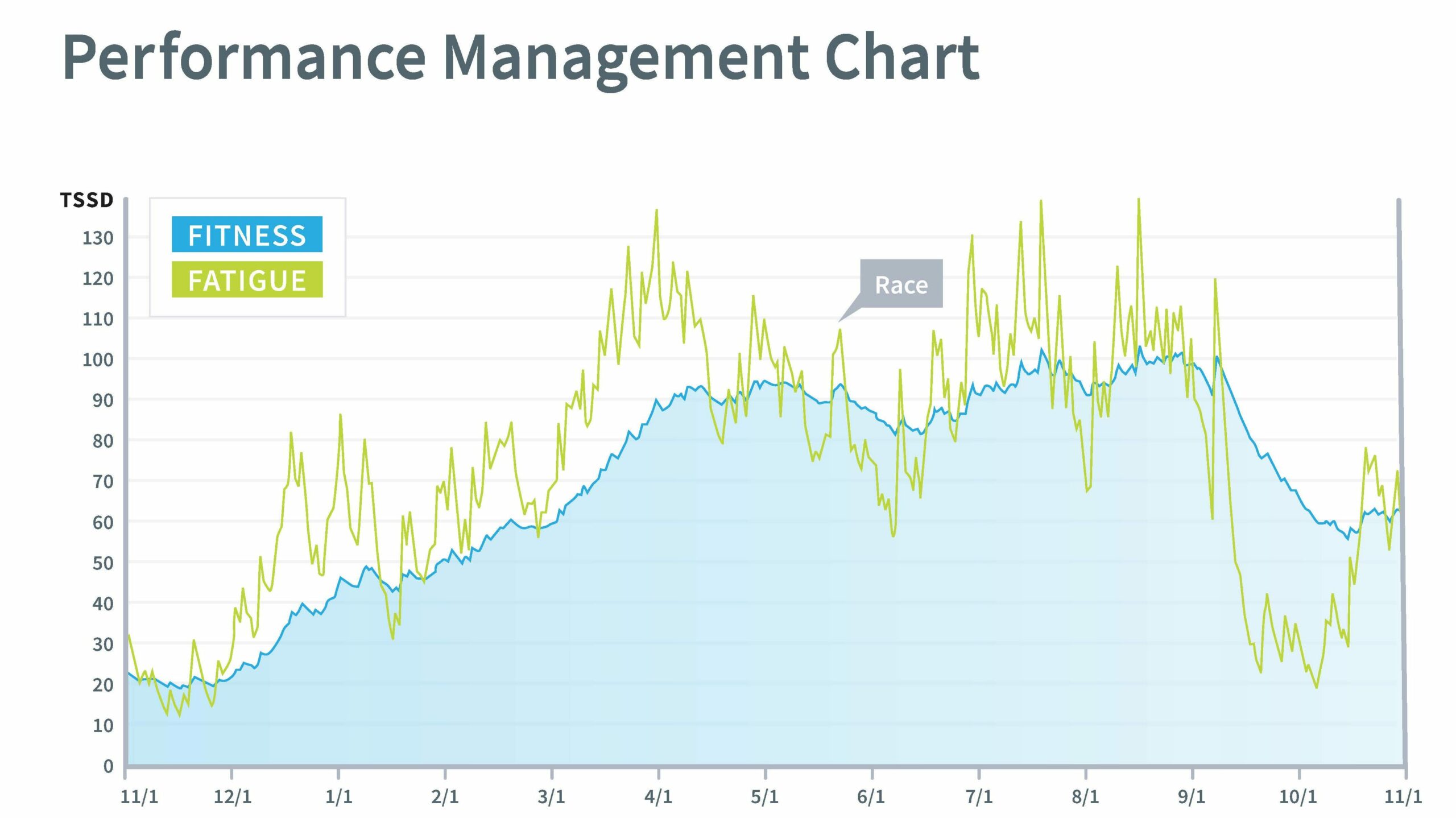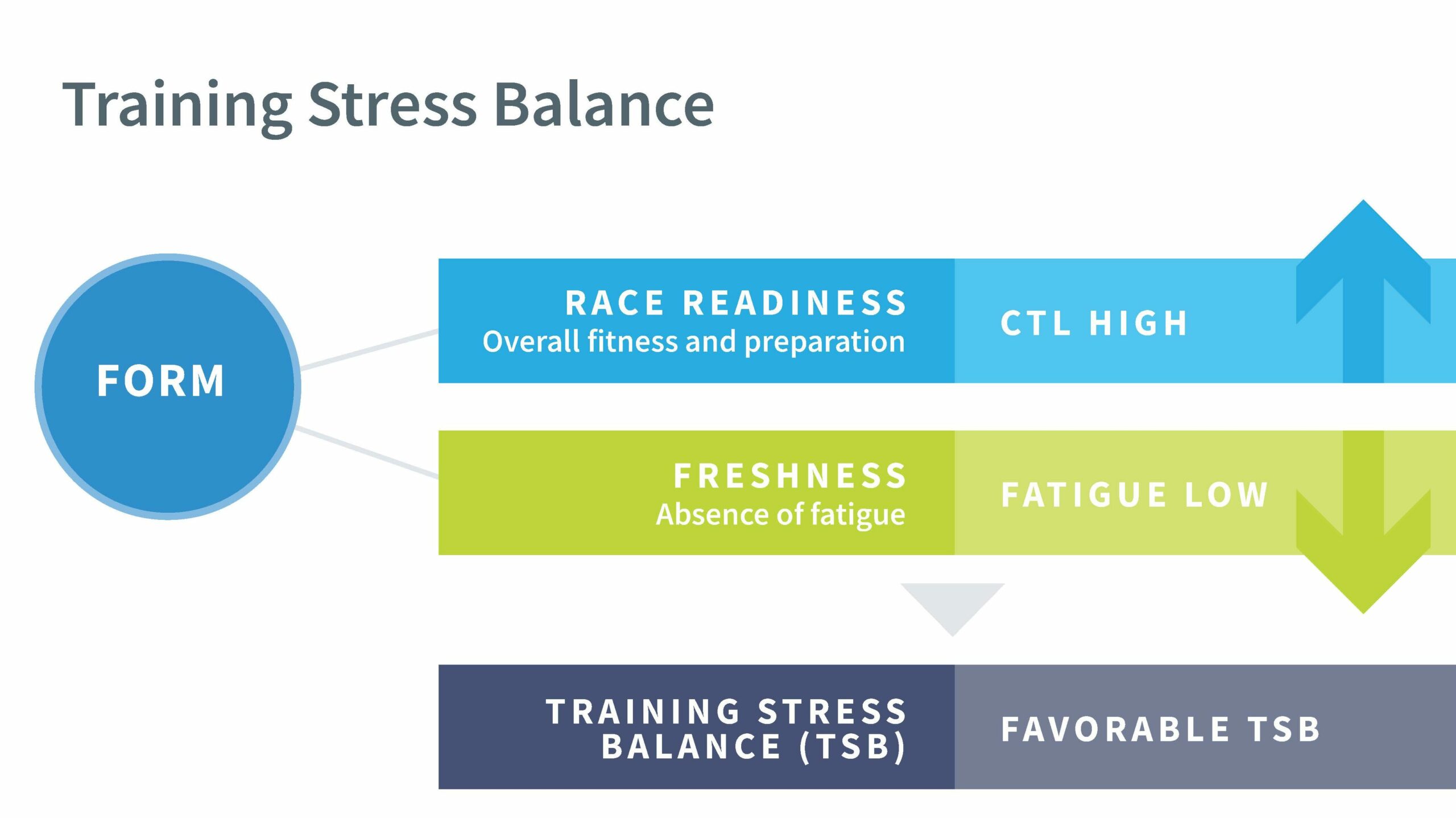The Craft of Coaching, Live Q&A: How to Calculate TSS for Strength
Joe Friel started The Craft of Coaching series to explore all aspects of the profession that go beyond the science and data, but with every live Q&A he hosts, there are always more questions on training data and analysis. For all of the coaches who speak in three-letter acronyms, Module 6, Managing Athlete Performance, is a deep dive into data analysis. A self proclaimed “data nerd,” Friel explains the KPIs of sport-specific fitness:
Master the training metrics. Review the key metrics that help coaches measure intensity, volume, and how the athlete is responding to training. In this video on training metrics, Friel offers clear explanations of common endurance sport terminology: normalized power (NP), normalized graded pace (NGP), Training Stress Score (TSS), intensity factor (IF), and Functional Threshold Power (FTP). Friel also offers advice on how to get FTP right and watch for indications that it has changed. With a better grasp of what the numbers represent, training priorities and decision-making become more manageable.

Balance fitness and fatigue. Some athletes wear their CTL (Chronic Training Load) as a badge of honor. Even coaches can become fixated on it. But fatigue also increases with CTL. Take it too far and the athlete’s Training Stress Balance (TSB), or form, will be compromised. Friel explains how to balance the athlete’s training load to maximize form, using TrainingPeaks’ Performance Management Chart.

Know your athlete. Ben Day of DaybyDay Coaching, sat down with Friel just ahead of this year’s Tour de France to talk about measuring performance and progression. He describes the danger of paralysis by analysis that is so prevalent among coaches and athletes, both for the pros and age groupers. It’s an insightful conversation that looks to the highest level of competition in both cycling and triathlon to draw out invaluable lessons on coaching performance.
Coming soon from The Craft of Coaching: How to Build a Better Athlete. In the next module of The Craft of Coaching, Module 9, we’ll be featuring strength and conditioning coach Erin Carson as she explains the importance of strength work in every endurance athlete’s program.
Video Transcript
Rob Pickels [0:03]:
What are some good ways to calculate TSS (Training Stress Score) for athletes, specifically cyclists, that like to include some other form of cross-training?
Joe Friel [0:12]:
Yeah, I get that question a lot. Usually it has to do with weight training. That’s the most common question I get. “I’m doing weight training, especially in the wintertime…” The athlete is riding a bike or [they are a] triathlete, whatever it may be, just running, or whatever sport may be, but they’re also lifting weights. So they commonly ask me, how do I put a TSS number (or a training stress score number) on a weight workout?
[0:33]
So time doesn’t really mean anything at all in the weight room. It really comes down to how much weight are you lifting and how many times are you lifting it? That’s really what it’s all about. So if you… let’s say you’re doing something simple, like like a curl. It’s just like a very simple exercise, biceps curl. And you’re lifting 20 pounds and you’re doing 10 reps. That’s 200 pounds. That’s what you just lifted. And if you did that, if you did all these other exercises and each one of them had a number like that, that you associate with them, every time you did an exercise you number how much weight did you lift, how may repetitions did you do? And eventually it all comes down to tonnage—how many tons did I lift today?
[1:12]
But it’s secondary for cyclists, runners, triathletes, and so forth. This is not our primary sport. This is something we’re doing to help our primary sport, help you become more effective at it. So in that case, I would simply suggest that you find out, what is the average you normally do for one of these workouts?
[1:30]
Most of the workouts we do in the gym, for example, are kind of standard workouts that we do on a regular basis. So you’ll probably find that whatever number you come up with is going to be about what you do every time you go to the gym. And then you can record it in your in your log so you know how fits in with everything else.
[1:49]
But on the other hand, I’ve also told athletes (and this is what I do) I’ve also told athletes, just don’t record anything. You’re doing—I know, in my case, for example, and in many athletes’ cases—we lift year-round. I do two workouts a week, year-round. The workouts are pretty much the same every time. I change the number of reps and and the loads, but the total tonnage for the workout remains about the same. So I don’t record anything. I just figure something I’m doing besides my primary sport. And I follow the TSS for it very closely.
[2:24]
But if you’re varying how much you’re doing in the weight room, or whatever the other activity may be (if you’re a cyclist and you run in the winter (or you cross-country ski or something like that), then yeah, you probably want to do something that’s more along the lines of what a real TSS would be for your primary sport, which may be cycling or running or some other sport. But, you know, it’s not the sort of thing that’s really going to be a big decision-maker in terms of how you train for the rest of the year and how your performance has come out. So I wouldn’t give it a whole lot of thought, but just having a standard number that you put down is fine. So 70 TSS is what you could put down for an hour’s work for a two-ton workout or whatever you think is appropriate for you as an average.
[3:06]
Quite honestly, try to keep it as simple as possible. Don’t make this too complicated. If your average—let’s say you’re a cyclist, for example, again—and your average TSS on a ride over the course of a month is 70—that’s the average TSS you produce per hour—just use that as the standard for whatever your workouts are. If you’re doing a “boot camp” type of workout and it feels like it’s an average sort of boot camp workout figure 70 TSS per hour. Or if it was harder than normal, maybe it’s 75 or even 80 TSS per hour. How much TSS am I creating in my primary sport, is the focus of what you should be doing.